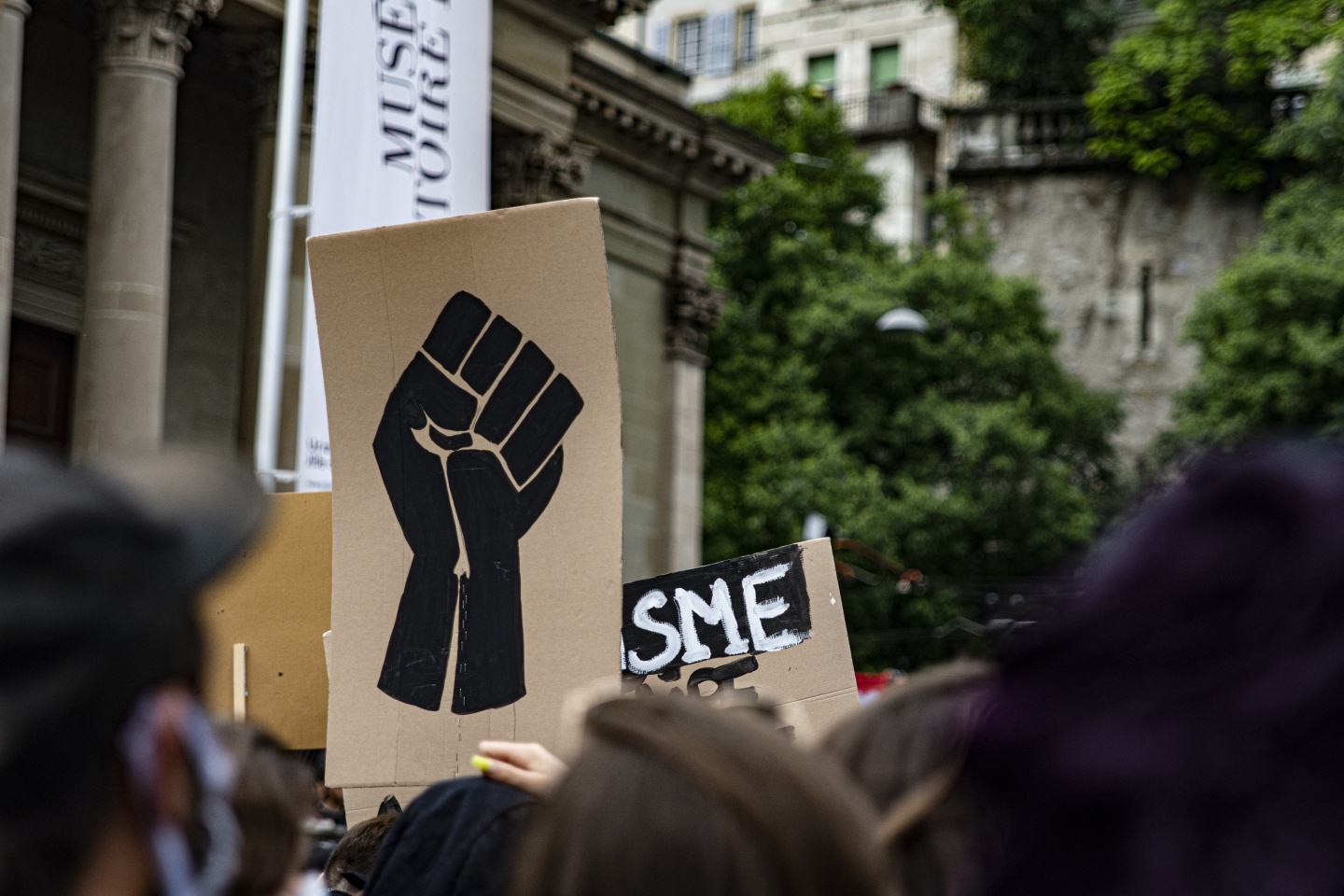14 December, 2020After the brutal killing of George Floyd by police in the US in May this year, a wave of protest swept across the world. People took to the streets to voice what should be obvious: Black Lives Matter. From Detroit to London, from Paris to Geneva, people came together to denounce structural racism.
FEATURE From Global Worker No. 2 November 2020 | |
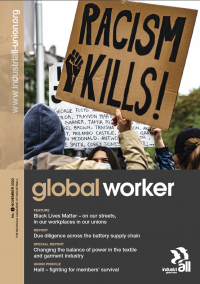 | Text: Cherisse Gasana Theme: Racism and the trade union movement |
“Enough is enough”
Disregard for black life through unjustified killings and abuse by law enforcement is not limited to the US, but happens around the world. Racism shows itself through vicious killings by police and also through economic injustice; economic policies that perpetuate poverty and violence in racialized communities everywhere. This is clearly shown by the fact that people of colour are disproportionately affected by Covid-19.
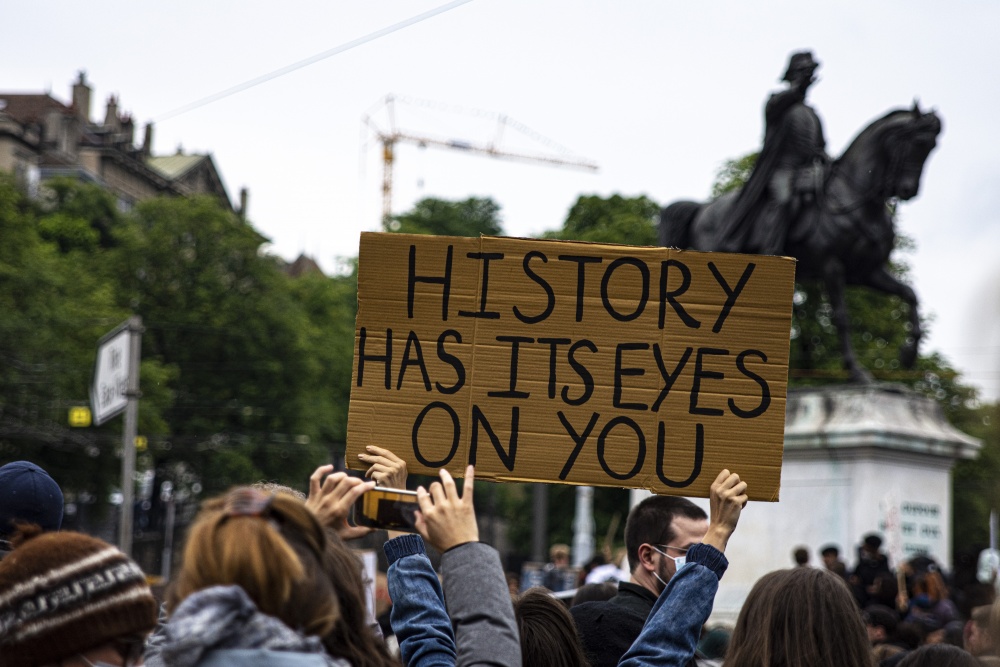
The long shadow of slavery and colonialism
Racism in the US is the long shadow cast by slavery. Systemic racism in the global economy is the legacy of colonialism. With the growth of job insecurity and austerity in Western economies that are taking in new generations of migrants, racism is a major threat to social cohesion. Austerity measures are fueling racial inequality and discrimination, disproportionately affecting people from racial and ethnic minorities.
The wave of protest has led people to draw connections between racism on the streets of their cities and what is happening around the world. A close look at racism in Western societies exposes the systemic racism built in to the global economy, which still bears the scars of colonialism: rich, Western countries extracting value from poor countries with black and brown populations is racism at global scale.
This is why recent developments in international and domestic law – such as the UN binding treaty on business and human rights – are so important in the struggle against systemic racism in the global economy. Making corporations responsible for what happens in their supply chains challenges an exploitative dynamic that has existed since colonial times.
A binding UN instrument could set a new global benchmark for business and human rights. It is also an anti-colonial tool that can be used to rebalance the power relationships between big companies and people in poorer countries.
Why is this happening now?
The global community of youth and the working class are outraged. They have turned up in the streets calling for real change.
“Our world is dying”
“climate change is real”
“oppression and racism still exists”
“the economic system is not working in our favour, it never has”
The anti-racism movement is not new, but its global reach and the level of outrage is unprecedented.The anger is palpable and impossible to ignore, no matter where you live and what colour you are. As the movement picked up speed in the middle of the Covid-19 pandemic, the world paid closer attention to the exasperation of people affected by racism.
As the global trade union movement, it is our task to always critically analyze who we are and how we function. Our world is changing and in these unprecedented times it has become obvious that the global system is broken. The very system in which we struggle for justice every day is not only broken; it was never intact in the first place.
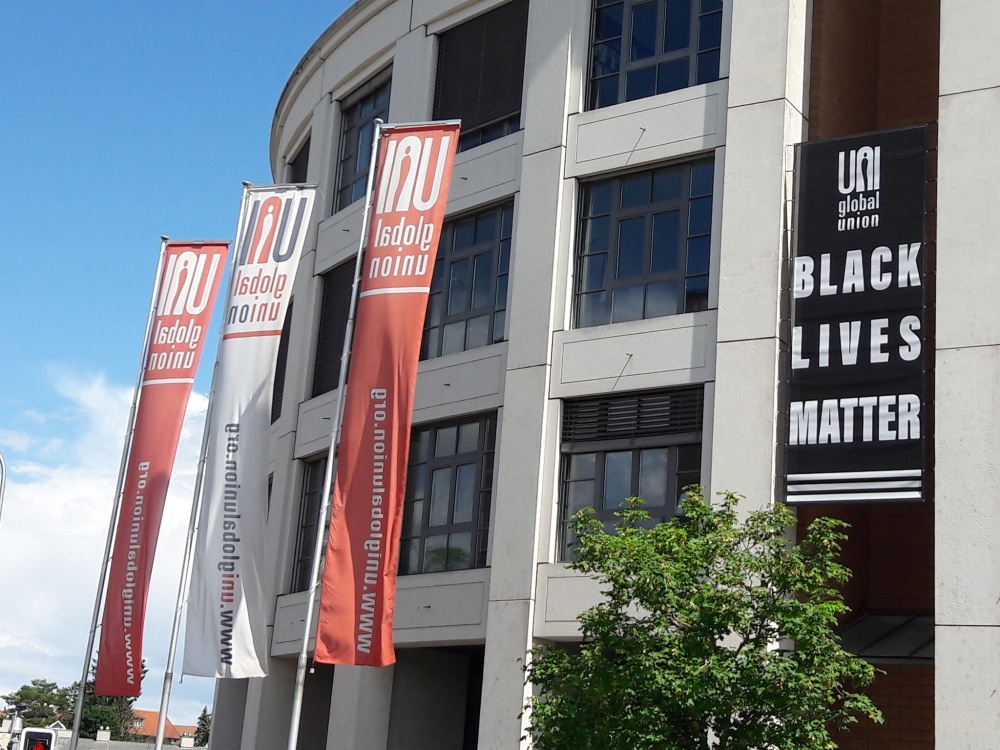
Unions recognize the problem
In principal, trade unions are committed to anti-racism. In practice, however, trade union structures too often reproduce the inequalities of the societies they exist in. Trade union officials often don’t look like the workers that they represent.
The UK Trade Union Congress (TUC) ran the Racism at Work survey between December 2016 and February 2017. The survey evidence strongly suggested that there are serious problems in the trade union movement requiring urgent attention. The TUC commissioned a report, Racism Ruins Lives, based on the survey, which throws a spotlight on issues the trade union movement must urgently address.
Recently the Trade Union Advisory Committee to the OECD (TUAC) organized a web conference on fighting racism and ethnic discrimination in the economy, which found that:
“For years, trade unions have been at the forefront in the fight against all forms of racism and discrimination in the workplace and in society. Today, most OECD countries have taken measures to combat discrimination and the majority of countries have gone beyond anti-discrimination legislation and implemented additional diversity measures, recognizing that anti-discrimination policies alone cannot remove structural obstacles for disadvantaged groups. However, this has proven to be far from enough.”
Are unions on the right side?
On this burning issue of racism, unions have turned up for the discussion and for the most part look like they are taking-action to make sure that diversity is taken seriously within their structures. They are making diversity a part of collective bargaining agreements, taking on the conversation internally about institutional racism, training staff on unconscious biases. The optics are good, but is this enough to bring on real change?
Should we be worried that our union structures resemble that of most multinationals -
“white, old and here to stay”
It’s uncomfortable, but it’s our reality. Have we cemented these unrepresentative structures into our DNA?
A brief look into a part of our history
Long before the industrial revolution, for thousands of years, Europe relied on trade networks to access goods like gold, silver, precious stones, spices and cloth. Many of these goods came from Africa and Asia and were carried by land, river and sea to Europe.
Wanting better access to these sources of wealth, Europe began exploration of these faraway lands. The voyages led to more trade which strengthened Europe significantly, leaving a huge legacy in the way the world works today.
The European population grew, armies became more organized, with better weapons that were produced in factories. Very quickly, European powers were able to take over land which gave way to the invasion, occupation, division, and colonization of Africa and the enslavement of Africans.
Colonization and the slave trade would strengthen not only Europe but also America, allowing their societies to thrive on the backs of slaves and through years of pillage. This led to their own prosperous industrial revolutions.
The idea of Africans as inferior and barbaric emerged during the 18th century to justify slavery and conquest. These racial ideas were aimed at Africans in Africa, as well as at those enslaved in the New World. These stereotypes are hidden in the history that we learn at school, they are in our institutions and governments and influence who holds the power in the global economy today.
The industrial revolution changed the landscape during the 19th century. Industries grew and so did the working class. Workers were faced with difficult working conditions and had very little individual power to improve their situations. Workers turned to unionization to influence their environments. This period of trade unionism lead to most of the benefits that we enjoy today as workers.
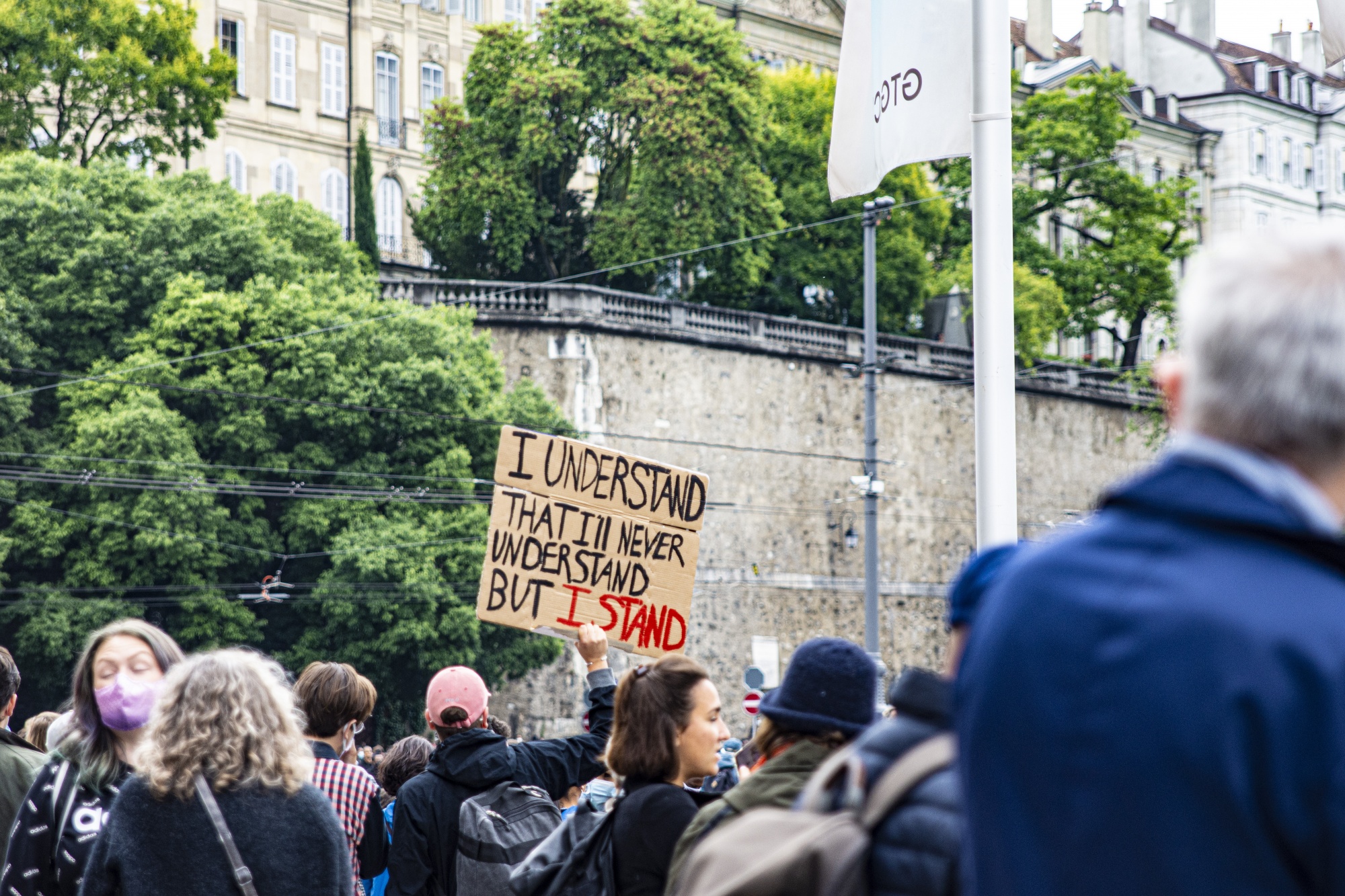
How do we make the change real?
Understanding systemic racism is tough depending on where you stand. But it exists and has existed for very long. It is engrained in governments, institutions, education and the global economy, but more importantly, no matter what colour we are, it’s engrained in us too.
The workforce that we represent has become more diverse, but unions are taking too long to follow suit. Women, youth and racialized workers make a big part of the workforce.
As representatives of workers, unions fight the noble fight in the hope of creating a fairer world. But if we don’t take a moment to ask ourselves if we are replicating the practices of this broken system within our own structures, then our fight is no more noble than multinationals fighting for their right to not be held accountable for human rights violations in their supply chains.
Multinationals whose products feed, drive and indulge our modern consumer needs also function and prosper thanks to the workers in their supply chains with shameful track records. Repression and the exploitation of communities are often the ugly truths behind the products they produce and that we consume every day.
Today people are more careful about where they spend their money. Supporting companies that stay silent on racism or that are themselves racist is not something that many consumers feel comfortable with anymore.
With this in mind, companies are very good at cleaning up their image where it matters. Their strategy to continue thriving in an unjust world is to make superficial changes that are not meaningful but are enough to get their customers engaged again.
Are our unions doing the same? Why would you join a trade union that lacks the diversity to properly represent you and, that itself perpetuates institutional racism?
While some unions are taking real steps to be more diverse, the way that they go about it can sometimes be discouraging to young workers who are paying attention to the world that is being left behind for them.
It is important to have women’s committees in union structures but it has to come with women in decision making positions. The same goes for youth committees and diversity committees; they have to be reflected in the decision making positions.
How can trade unions truly change the employment landscape for the working class if they are not ready to radically change their structures to better represent these workers? Union membership is decreasing and we are not moving fast enough and changing fast enough to adapt to the needs of the current global workforce. Their issues are clear and to understand them we must be them. Radical structural change is the only answer to genuinely tackle not only racism, but gender equality and youth representation.
It was through having real representation during the industrial revolution that cemented real change for the future working class. Rich old men were not the ones who were at the forefront of the struggle. It was those who had to endure the harsh reality of unsafe work, interminable working hours and low pay who are the champions of that era.
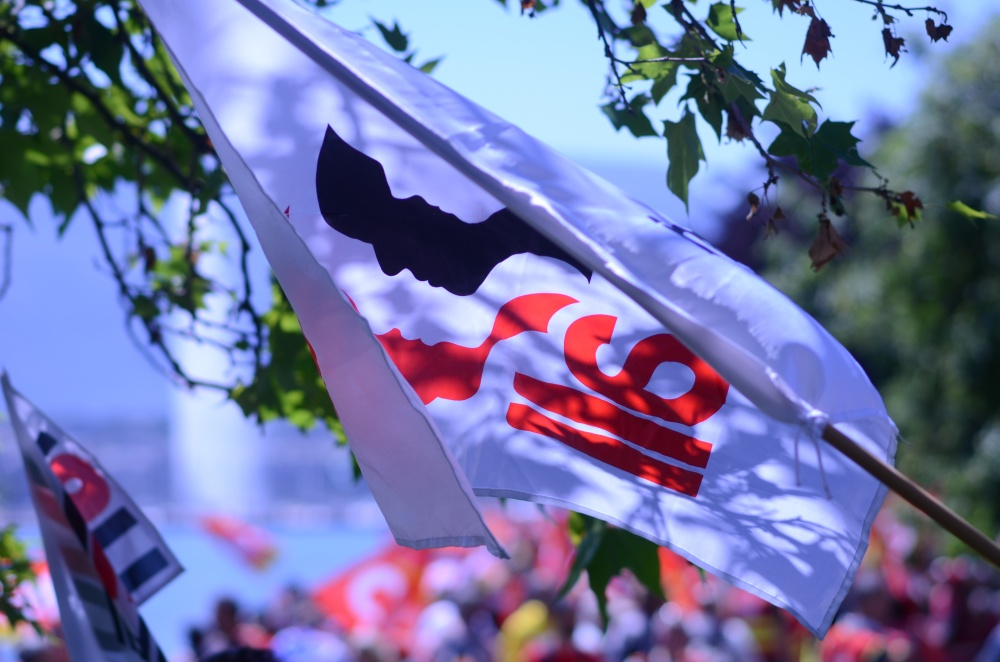
The role of the global union
Global unions have become much more prominent in the past decade because of globalization and the need for unions to cooperate more effectively across national borders.
We engage in a broad range of activities, including supporting affiliates, particularly in developing economies, lobbying international agencies to promote workers' interests and human rights, encouraging union organizing and international solidarity action, and engaging in global collective bargaining with large multinationals and employers' organizations.
One of the principals that emerged out of global trade union federations such as IndustriALL Global Union, is that we function on the basis of a solidarity system. We are funded by trade unions around the world, and the wealthier trade unions in the global North pay more while trade unions in emerging economies pay less.
Our externally funded projects function in a similar way. Money from wealthier countries or Western institutions is used to fund projects in developing countries to build unions and build capacity to better represent workers in the global South. This is to overcome the legacy of colonialism which leaves workers in these countries at a disadvantage.
Let us keep this aspect of racism in mind: racism is the system that allows the racial group that’s already in power to retain power, it is the belief that personality, behaviour and morals can be traced back to race, and the belief that one race is superior to another.
The task is noble in essence but it is also very delicate and fragile. We have to empower unions in developing countries without encroaching on their integrity and autonomy. We cannot impose Western ways of doing things onto them. Solidarity is not just about material support, and it doesn’t just flow one way – it’s also about listening and learning from each other. Global unions are not charities, supporting client unions in developing countries.
Unions in the West are not superior or better. The West has benefited from an ugly history, and this has given its unions relative power. It’s time to use that power for change, real radical change.
